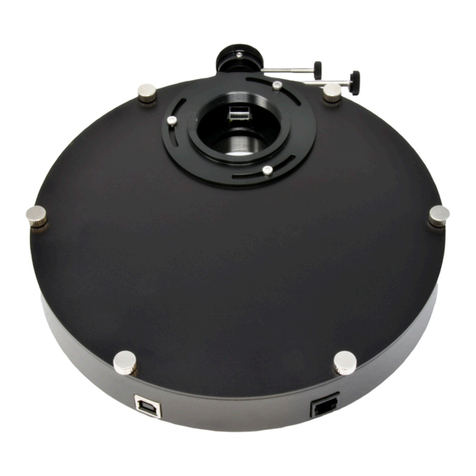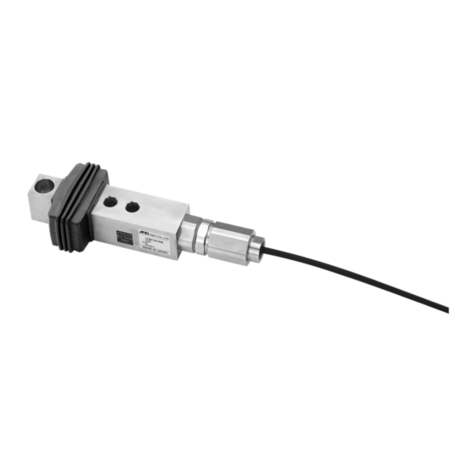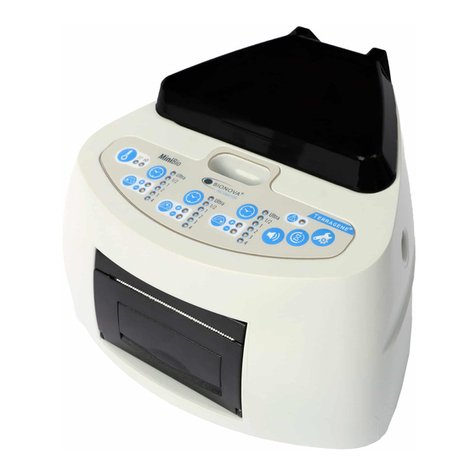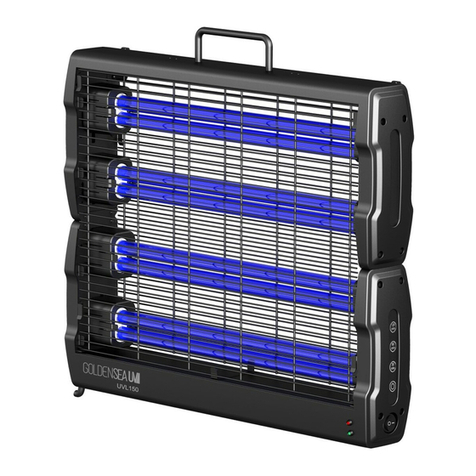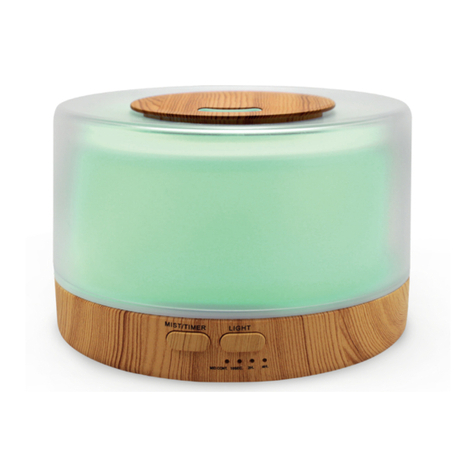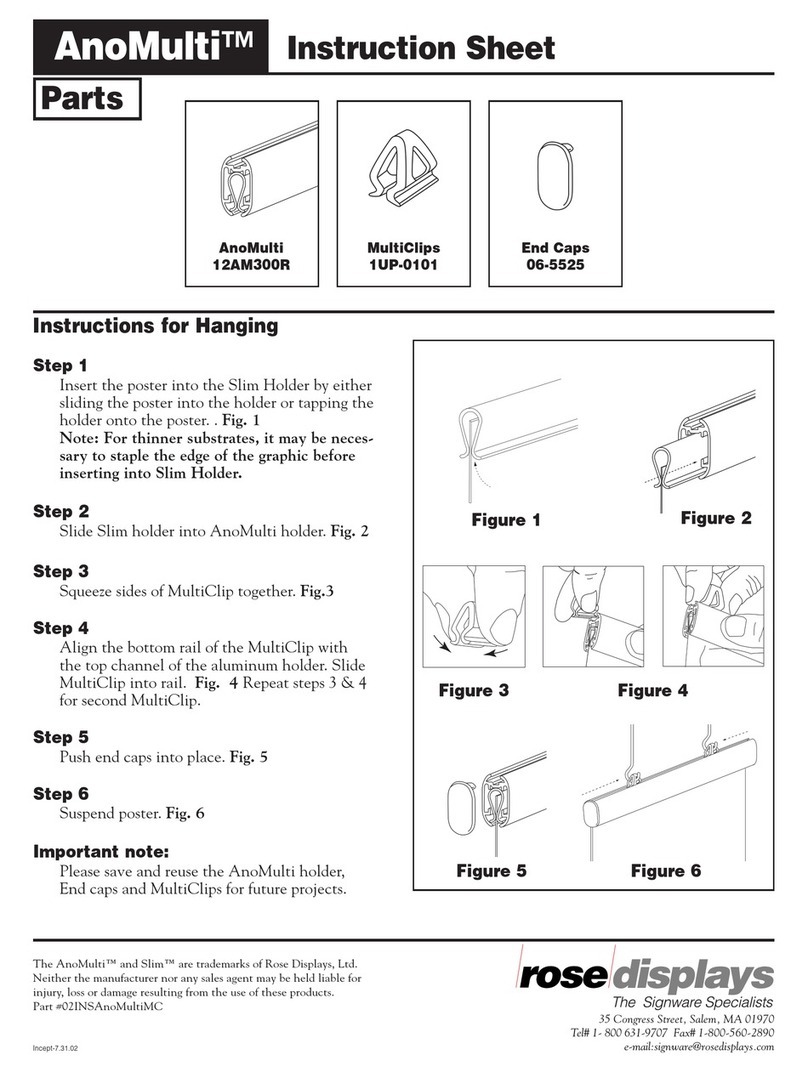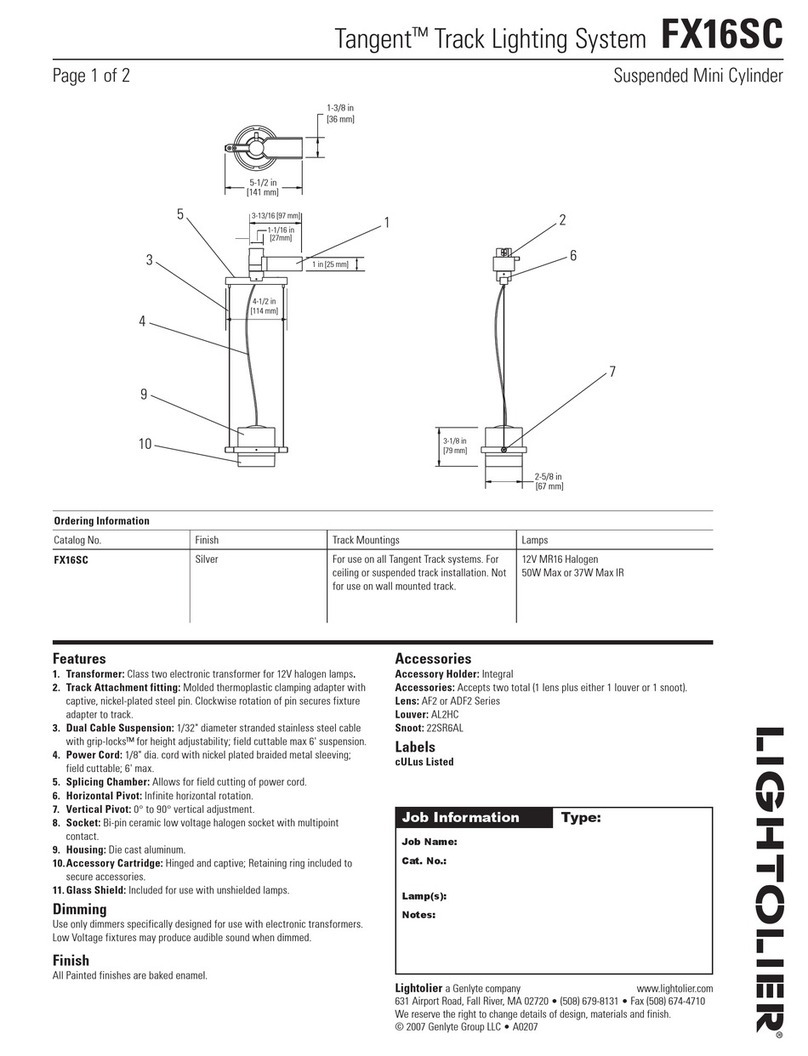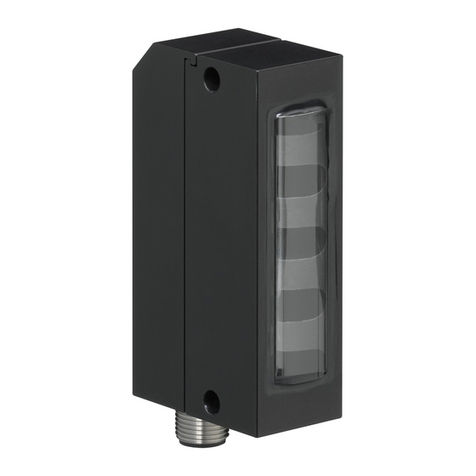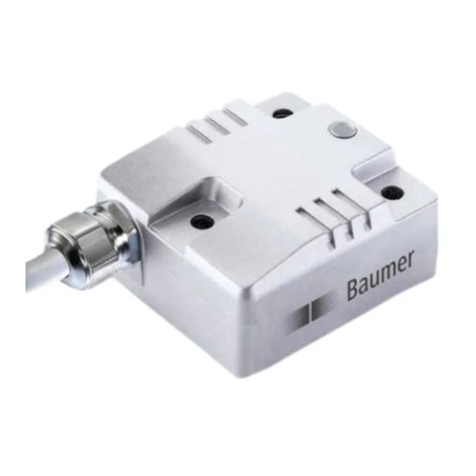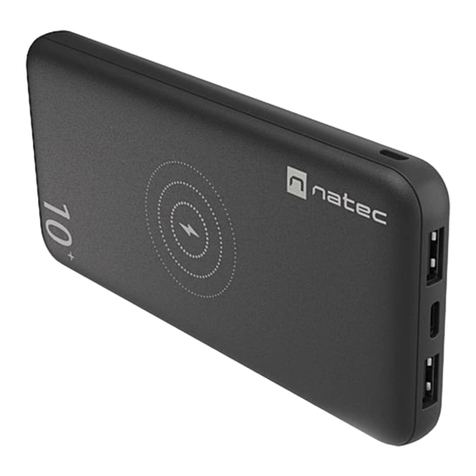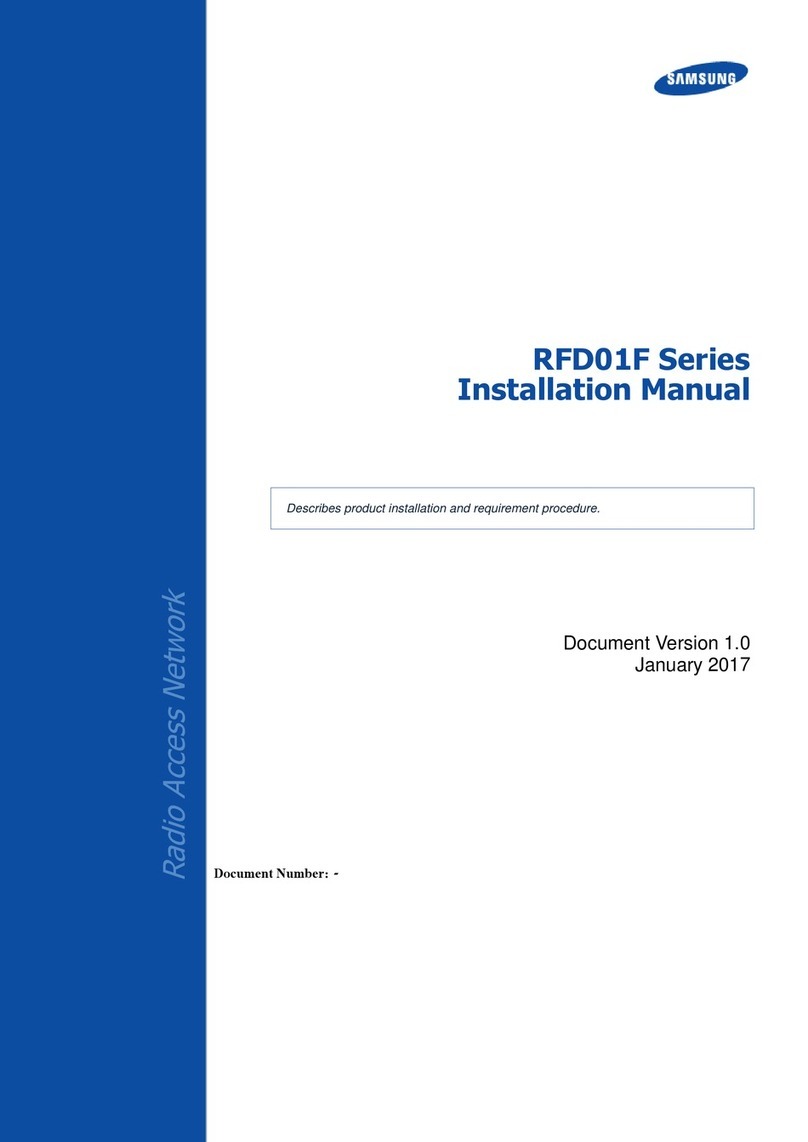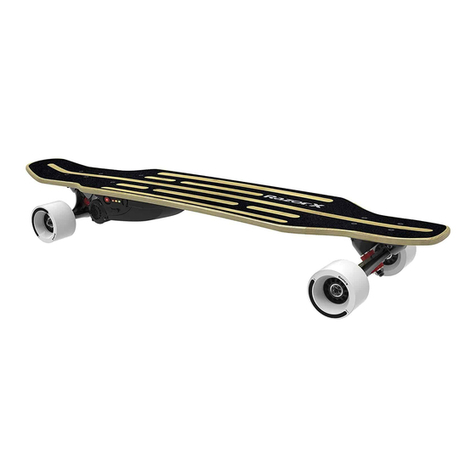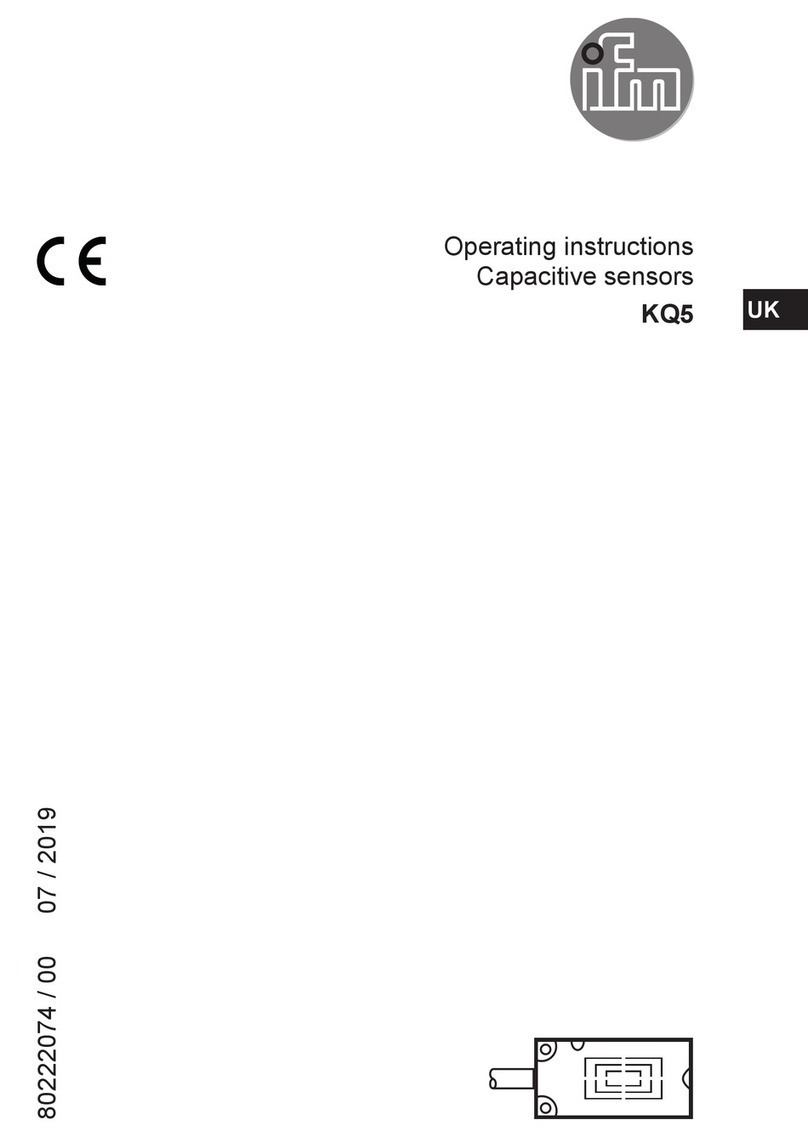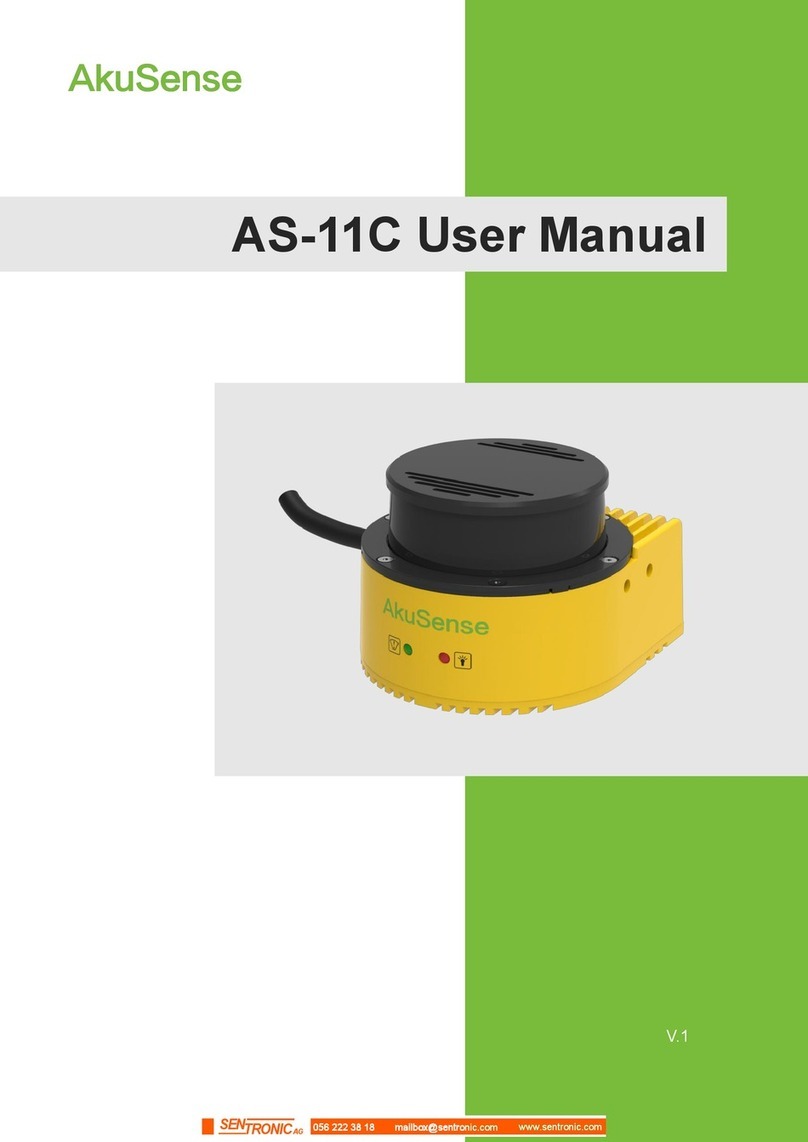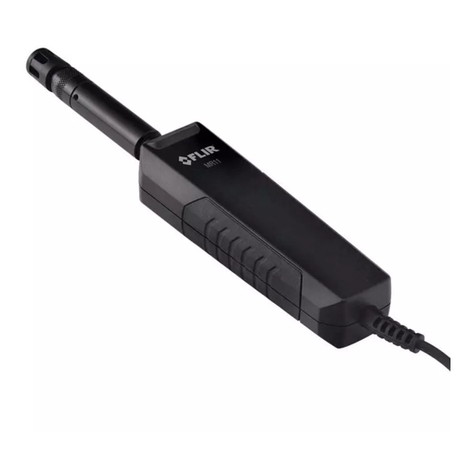Starlight Xpress Lodestar X2 User manual

Lodestar X2 handbook Issue 2, August 2014
Handbook for the SX ‘Lodestar X2’guide camera
Thank you for purchasing a Starlight Xpress ‘Lodestar X2’guide camera. We hope that you will be
very pleased with the performance of this product.
The Lodestar X2 is an updated version of the very popular ‘Lodestar’and is a very compact guider
which is powered and operated via a single USB2.0 computer connection. It also provides an opto-
isolated output connection for direct control of most mounts, via their ‘Autoguider’sockets. This
output is compatible with the ‘ST4’style of RJ12 connection and supplies 4 ‘pull down’direction lines
and a common return. Alternatively, you may send the mount control signals via a serial connection
from the guider control computer. The Lodestar X2 utilises a very sensitive Sony ‘ExView2’CCD (the
ICX829AL) with an array of 752 x 580 pixels in a ‘half-inch’format. Although the chip is not cooled,
it has a very low dark signal and very little readout noise, so it can be used to guide on faint stars that
are well beyond the reach of webcams and CMOS chip based guide cameras.
The Lodestar X2 specification:
CCD - Sony ICX829AL ExView2 monochrome CCD
Pixel count - 752(H) x 580(V)
Pixel size - 8.6 x 8.3uM

Lodestar X2 handbook Issue 2, August 2014
Optical size - 6.47 x 4.81 mm
Read noise - Typically 5.5 electrons
Gain - 0.4 e/ADU
Barrel size - 31.75mm dia. x 85mm long (1.25 inch eyepiece push fit size)
Barrel thread - 25.4mm x 0.75mm ‘CS’mount lens thread
Input connection - ‘Mini B’USB socket for USB2.0
Output connection - Standard RJ12 autoguider socket
Output type - Opto-isolated 4 lines (N,S,E & W) pull down with common return line
Download rate - Approx. 10 frames per second in binned 2x2 mode (recommended)
Installing the Lodestar X2:
In most cases, the supplied CD will install the drivers and software for you. Just run the appropriate
‘Setup’file for your operating system. If you encounter any problems, you can download the latest
drivers from our web page at http://www.sxccd.com/support .
The Lodestar X2 control software is Lodestar.exe and will be installed from the CD setup program. An
icon will appear on your desktop and may be clicked on to start the program. Please note that this
requests an ‘ini’file when first started, but just click ‘OK’until you reach the main program window
and then open ‘Set Program Defaults’. Now just click ‘Save’and the ini file will be created.
Alternatively, PHD, ‘AstroArt’and ‘MaximDL’all support the Lodestar X2 and may be preferred.
Using the Lodestar X2:
The Lodestar X2 is generally used with a separate guide telescope, or via an off-axis guider. It is
designed to be inserted into a standard 1.25”focuser assembly, but also has a 25mm ‘C’type camera
lens thread in the front to allow standard CCTV lenses or adaptors to be attached. Please note that the
chip to lens distance is only 12.5mm and so a ‘CS’to ‘C’extension will be needed to permit a standard
C lens to reach focus. Lenses designed for ‘CS’mount cameras will focus without an extension tube,
but many of these lenses cannot fully illuminate a half-inch format CCD, so take care when selecting a
lens for this purpose.

Lodestar X2 handbook Issue 2, August 2014
A typical set up might consist of an inexpensive 80mm F5 refractor ‘piggybacked’onto an SCT, with
the Lodestar X2 fitted directly into its focus barrel. Many such telescopes are designed to be used with
an inverting prism ahead of the eyepiece and so the focuser may be too short when the Lodestar X2 is
inserted directly. In this case, an extension tube may often be made from a cheap Barlow lens assembly
with the lens removed. This configuration can be seen in the picture below.
The Lodestar X2 attached to an 80mm F5 guide ‘scope
The focal length of your guide telescope is not especially critical for good guiding, as the guiding
software searches for the ‘centroid’of the guide star image and can resolve shifts of far less than 1
pixel. Using a guide scope with a relatively short focal length (between 300 and 500mm) makes guide
star finding very easy and this is a recommended setup for general purpose guiding.
The control of your telescope mount will depend on what inputs are provided. The Lodestar X2 output
connector supplies 4 pull-down lines and a common return line to simulate an ‘ST4’style autoguider
output. The lines are isolated from the Lodestar X2 electronics by opto-isolator chips and so there is no
risk of damage when connecting the outputs to mounts with unprotected electronics. A standard ‘RJ12’

Lodestar X2 handbook Issue 2, August 2014
style output lead is supplied with the Lodestar X2 and this may be connected to any ST4 compatible
autoguider input socket on the mount. It is also possible to guide by using serial data from the
computer to an RS232 input on the mount, but this will be covered later and can be less effective than
the direct hardware connection.
The preferred guiding mode is 2x2 binned, as this gives both fast downloads and high sensitivity
without any ‘interlacing’issues. The ‘Fast’2x1 mode is also useful if you are working with a short
focal length guide ‘scope, as it offers somewhat finer RA guiding resolution in the X axis if this is
oriented East-West. If operating with a very short focus ‘scope, high resolution mode may be best.
Guiding with the Starlight Xpress software
With the Lodestar X2 connected to the PC and mount, open ‘Lodestar X2.exe’and find the ‘Set
program defaults’menu under the ‘File’heading. If this is the first run of the software, you will get a
warning about the ‘ini file not found’, but ignore this and click on OK. You should now see a screen
similar to the one shown below:
The settings shown above are generally satisfactory as a starting point, although some will probably
need refinement for best results. In the example shown, the ‘autoguider socket’on the Lodestar X2 is
providing the control signals to the mount, but you might alternatively use the ‘LX200’mode via the
serial port of the computer, if this is preferred. The Guiding Parameters are set to 6 pixels per second,
which corresponds to the typical drift rate of a 1000mm focal length guide telescope when the mount is
guiding at 0.5x sidereal speed. Longer focal lengths and/or higher guiding rates will require a larger
value to be set so as to avoid excessively fast corrections, which can cause erratic guiding or even
oscillation of the guiding errors to either side of the guide star.

Lodestar X2 handbook Issue 2, August 2014
Once the defaults have been set to values which you think will be approximately correct, save the
settings and open the ‘View’menu. In this you will see an option called ‘Max palette stretch’. Open
this and check the ‘Activate stretch display’check box. This will automatically boost the image
brightness so that faint guide stars can be easily seen –if necessary, you can adjust the slider for the
best results.
Now click on the camera icon to open the Lodestar X2 control dialog, as below:
The image box will be empty at this point, but we need a frame to select the guide star from, so use the
guiding options to select a suitable exposure time (say 1 second) and press the ‘Start’button below the
image box. A sequence of images will be shown and you can refine the image focus and centring as
required. Before attempting to guide, it is wise to check that you have control of the telescope drive via
the Lodestar X2 software. This is easily done by pressing the ‘Move Telescope’buttons at the lower
left of the control box. Check that pressing the arrow buttons causes the star field to drift left, right, up
and down, as appropriate. The LED at the back of the Lodestar X2 should change colour when the
buttons are pressed. If all is well, move onto the next step below:
Once a good guide star has been found, press the ‘Stop’button and then the ‘Select guide star’button.
You can now click the mouse arrow on the guide star and a green cross will appear, centred on the star
(see above). Don’t select a very bright guide star, as this will result in poor guiding due to saturation of
the core pixels in the star image. The example above shows the region around Vega and it is clear that
Vega itself would make a very poor guide star due to its large saturated core.
Once the guide star is selected, a small box appears with the star coordinates. If they look good, just
click on OK.
Now click on ‘Start Guiding’:

Lodestar X2 handbook Issue 2, August 2014
After a brief delay, the Guiding Info window will open, as above, and you will see the guide star, along
with error values and a reticule showing the guide star location with respect to the reference position. If
all is well, you should see the guide star location being forced towards the centre position with each
successive guide image. However, it is quite likely that it will be pushed away from the correct
position, due to an error in the guiding default settings. If this is the case, note the direction of travel,
and then reverse the appropriate direction setting in the guiding defaults menu. For example, if the star
moves away to the left or right, try reversing the ‘Swap e/w direction’setting. If guiding works, but is
sluggish, try reducing the ‘Rate’setting in the guider settings, or increase it if the guiding oscillates
from one side of the guide star to the other.
Guiding with ‘PHD’
A very simple-to-use guiding program is Stark Labs ‘PHD’(http://www.stark-
labs.com/phdguiding.html). I recommend this as a good way to guide with the Lodestar X2 and I use it
myself on most occasions.
To guide with PHD, first press the ‘camera’icon and select the ‘Starlight SXV’option. If you have
more than one SX camera connected, then choose ‘Lodestar’from the list.
Next, press the ‘Telescope’icon and select ‘On camera’(this uses the RJ12 cable to feed corrections to
the mount).
Now press the ‘Loop’icon and you should see a continuously updating star field. Focus and select the
best exposure time, then press ‘Stop’.
Click the mouse on a suitable guide star in your last image and then select the ‘Target’icon. PHD will
set up a cursor and box on the guide star and proceed to ‘calibrate’the mount. After about 1 minute, it
will start to guide on the star.

Lodestar X2 handbook Issue 2, August 2014
Lodestar X2 maintenance
The Lodestar X2 head is designed for a long and reliable lifespan and needs very little maintenance to
keep it in good working order. The only common issue is with dust particles which collect on the CCD
window and can shade areas of the image field. These are best removed with a quick blast of
compressed air from a ‘Dust off’aerosol, or similar air blower. More permanent marks may be
removed with a drop of alcohol on a ‘microfibre’lens cloth.
Dear User,
Thank you for purchasing a Starlight Xpress CCD Imaging System. We are confident that you will
gain much satisfaction from this equipment, but please read carefully the accompanying instruction
manual to ensure that you achieve the best performance that is capable of providing.
As with most sophisticated equipment a certain amount of routine maintenance is necessary to keep the
equipment operating at its optimum performance. The maintenance has been kept to a minimum, and is
fully described in the manual.
In the unfortunate instance when the equipment does not perform as expected, may we recommend that
you first study the fault finding information supplied. If this does not remedy the problem, then contact
Starlight Xpress for further advice. Our message board service on the Starlight Xpress web site will
often provide solutions to any problems.
The equipment is covered by a 12-month guarantee covering faulty design, material or workmanship in
addition to any statutory Consumer Rights of Purchasers.
CONDITIONS OF GUARANTEE
1) The equipment shall only be used for normal purposes described in the standard operating
instructions, and within the relevant safety standards of the country where the equipment is used.
2) Repairs under guarantee will be free of charge providing proof of purchase is produced, and that the
equipment is returned to the Service Agent at the Purchaser’s expense and risk, and that the equipment
proves to be defective.
3) The guarantee shall not apply to equipment damaged by fire, accident, wear an tear, misuse,
unauthorised repairs, or modified in any way whatsoever, or damage suffered in transit to or from the
Purchaser.
4) The Purchaser’s sole and exclusive rights under this guarantee is for repair, or at our discretion the
replacement of the equipment or any part thereof, and no remedy to consequential loss or damage
whatsoever.
5) This guarantee shall not apply to components that have a naturally limited life.
6) Starlight Xpress’s decision in all matters is final, and any faulty component which has been replaced
will become the property of Starlight Xpress Ltd.
For further info. or advice, please call:
Mr Michael Hattey,
Starlight Xpress Ltd.,
Unit 3, Brooklands Business Park,

Lodestar X2 handbook Issue 2, August 2014
Bottle Lane, Binfield,
Berkshire,
England. RG42 5QX
Tel: 01184026878
e-mail: michael.hattey@starlight-xpress.co.uk
Web site: http://www.sxccd.com
Table of contents
Other Starlight Xpress Accessories manuals
